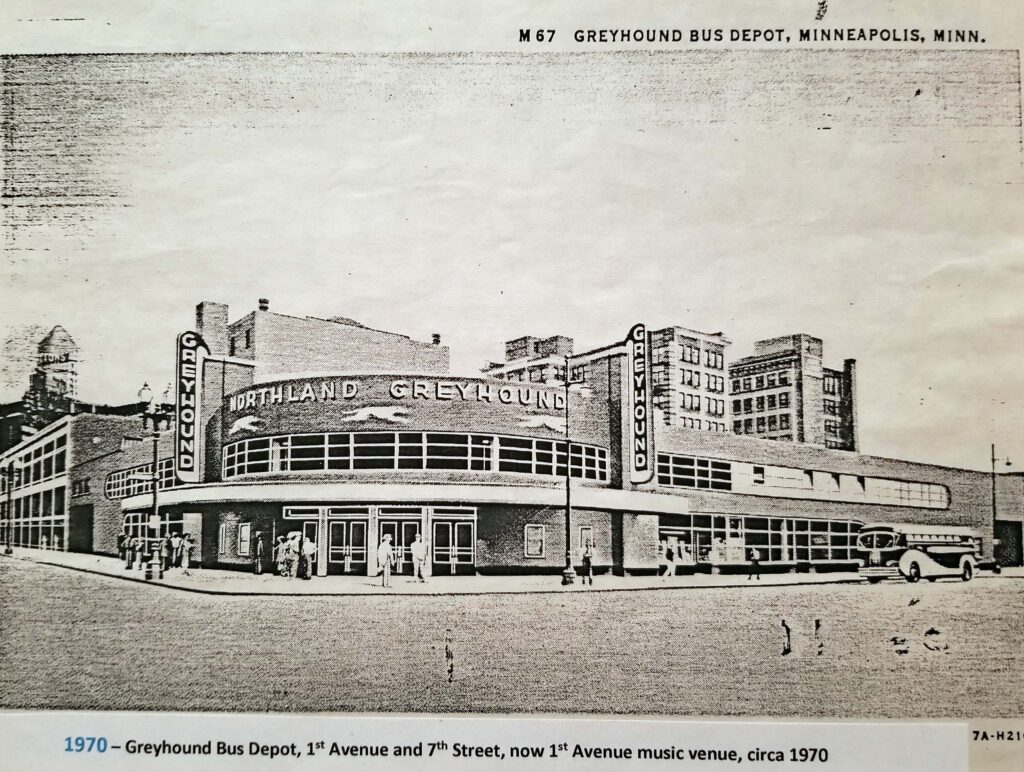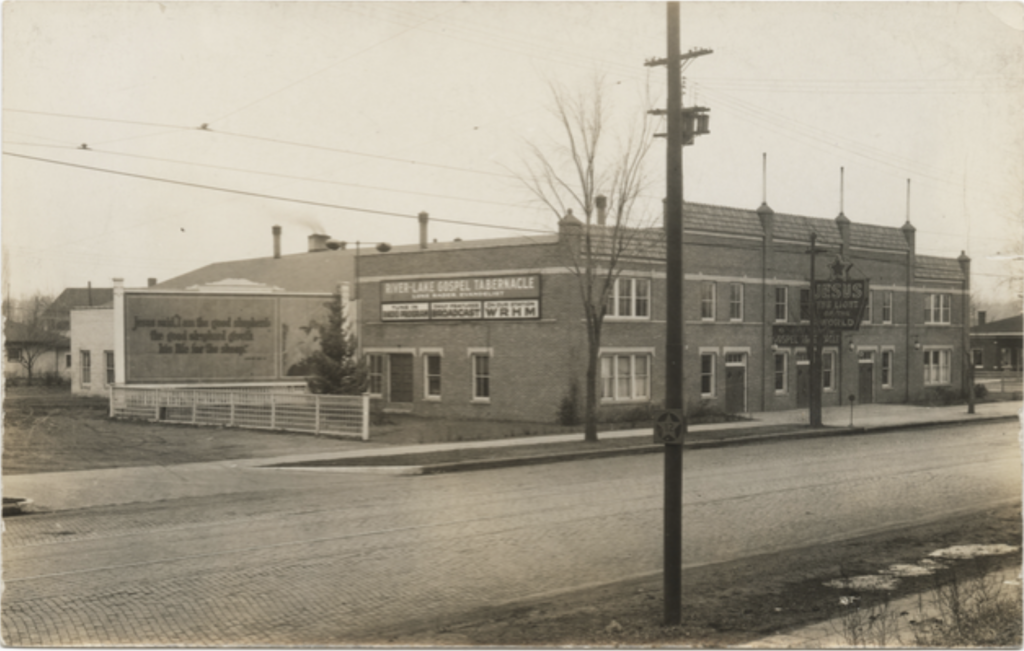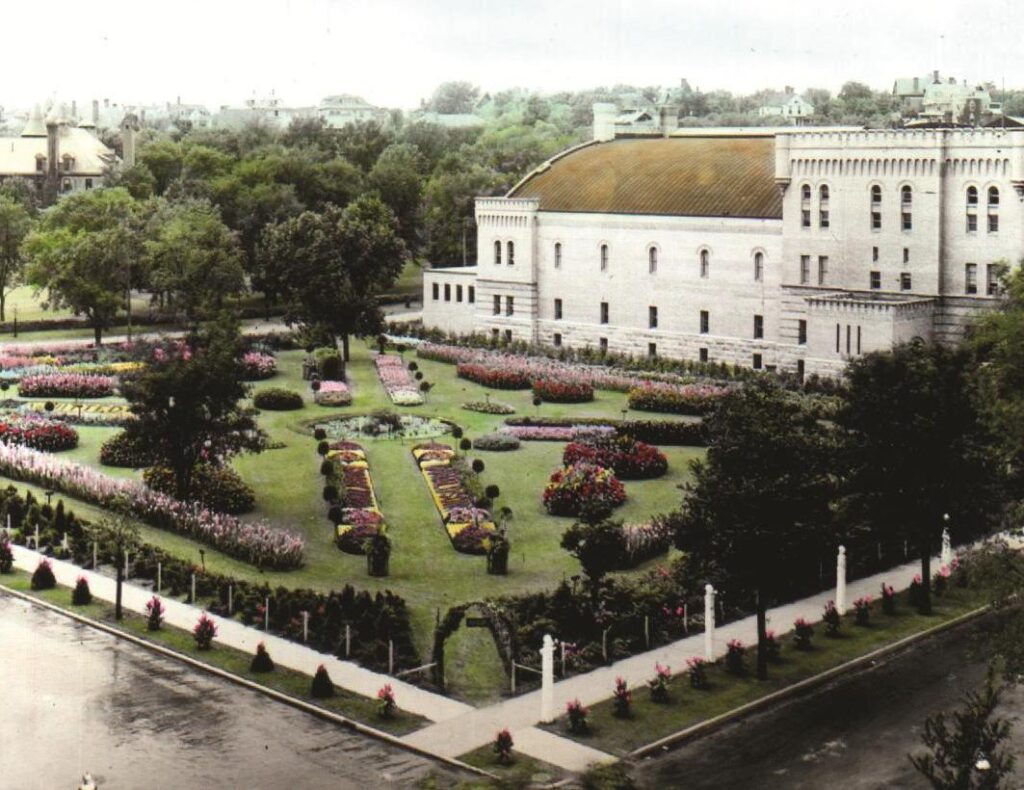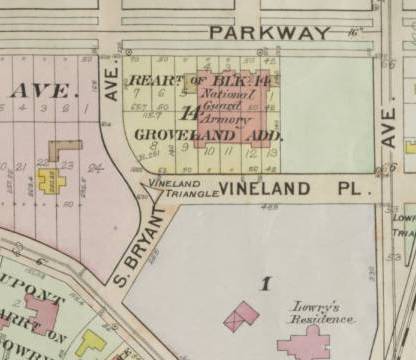My memories are overflowing my memory bank again. Today I’m going to provide some interesting facts about Minneapolis that only a few of us can remember and have probably forgotten – and some Minneapolitans (of a younger age or originally from elsewhere) were never aware.
Did you know –
- That the marvelous Sculpture Garden on the Park Board property (managed and developed by the Walker Art Center) was called Armory Gardens. Why – In the early 1900s, Armory Gardens was the site of the National Guard Armory. Soil conditions were not conducive to support a major building. Following continuing problems and several structural failures the building was demolished. The Sculpture Garden was subsequently developed on the site. Bad soil conditions have continued to cause cracks and failures to the structures on the property.
- That, with the exception of the Foshay Tower constructed in 1929, and a few others in the downtown area – Minneapolis was not known as a city with high rise buildings. Whatever the reason, the city skyline included almost entirely buildings of five stories or less in height.
- In the 1960s and 70s, the Public Housing Authority began to build public buildings throughout the city – high rise buildings – the precedent was set – private high rise buildings followed.
- That the First Ave music venue on 7th Street and First Avenue, was the site of the downtown Minneapolis Greyhound Bus Station. Greyhound buses used entry and exits on both 7th St. and First Ave. Greyhound was the predominant bus company serving other cities and outstate Minnesota.

- That Minneapolis was considered the most anti-Semitic city in the United States.
- Restrictive zoning ordinances prohibited Jewish persons from residing in certain communities.
- Jewish persons could not belong to the Automotive Association (AAA) – then located on LaSalle Ave. near Loring Park
- Mount Sinai Hospital (at 22nd and Chicago Ave.) was developed and served as the hospital for Jewish doctors who were not allowed to serve patients at other Minneapolis hospitals
- The Minneapolis Athletic Club and the Minneapolis Club did not allow Jewish members.
- Few Jewish persons were employed at Minneapolis banks, financial institutions and major Minneapolis businesses.
- Perhaps the best and certainly the loudest example of this anti-Semitic era were the antics of the father and son duo who were the spokesmen for the River Lake Gospel Tabernacle on East Lake St. Paul and Luke Rader spewed anti Semitic venom to everyone in their sanctuary and to thousands of radio listeners in the area!

- Powderhorn Lake was only a swamp before dredges were brought in to remove enough of the swamp to create the lake. The south portion of Lake Calhoun (now Bde Maka Ska) was also converted from it’s natural state to become part of the larger lake. The Minneapolis Dredging Co. performed both conversions. My father owned Minneapolis Dredging Co.
- Every year elephants, tigers, lions and clowns frequented and paraded in downtown Minneapolis. The Shrine Circus filled the old Minneapolis Auditorium and entertained small children as well as adult children.
- Originally, an agreement was reached that made St. Paul the capital of Minnesota. Other parts of the agreement placed the main campus of the University of Minnesota in Minneapolis – and awarded the prison to Stillwater.
- in 1895, several Minneapolis legislators mounted a strong effort to move the capital to Minneapolis. The proposal was that Loring Park would be donated and become the location of the capital. Controversy between St. Paul and Minneapolis ensued. An existing mortgage on the Loring Park property ultimately caused the transfer to be declined. St. Paul remains the capital.
image credits – https://minneapolisparkhistory.com/tag/armory-garden/


